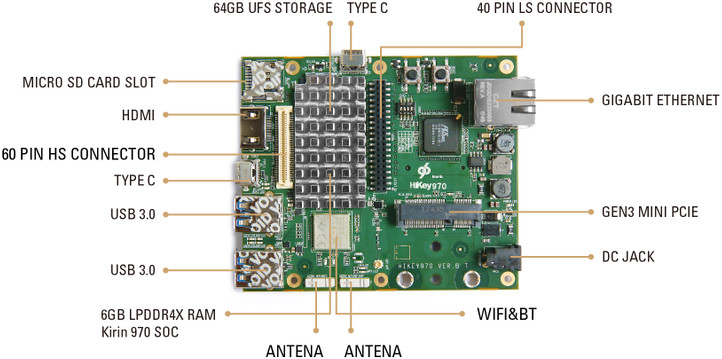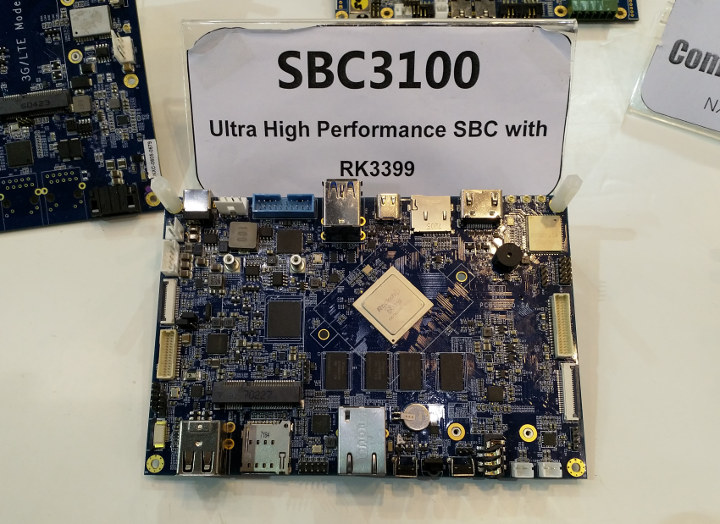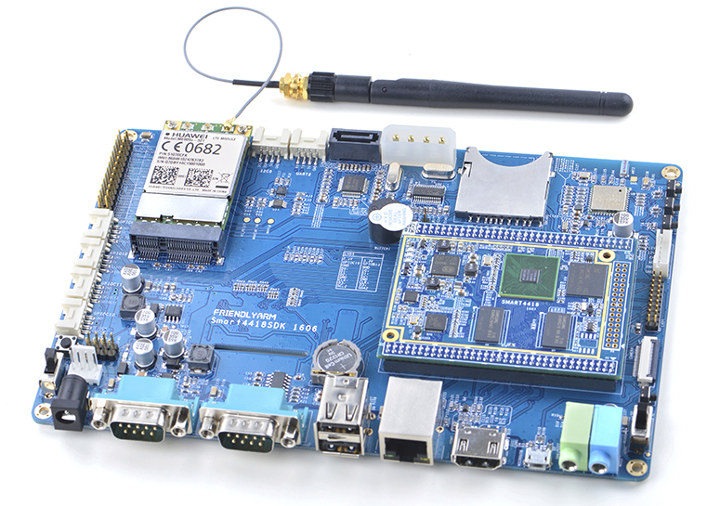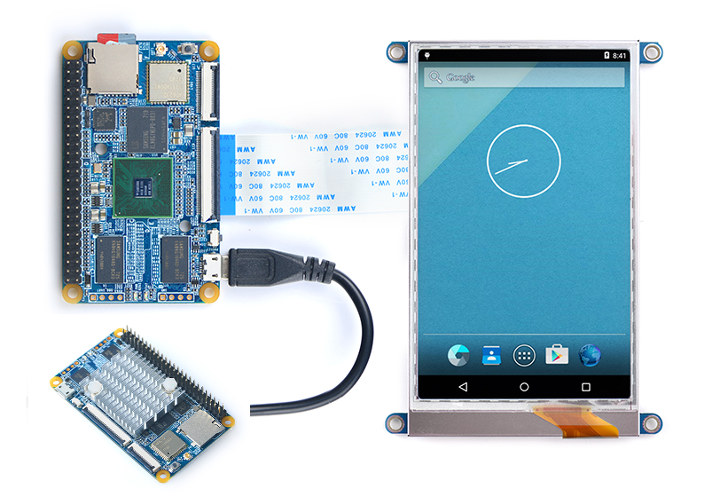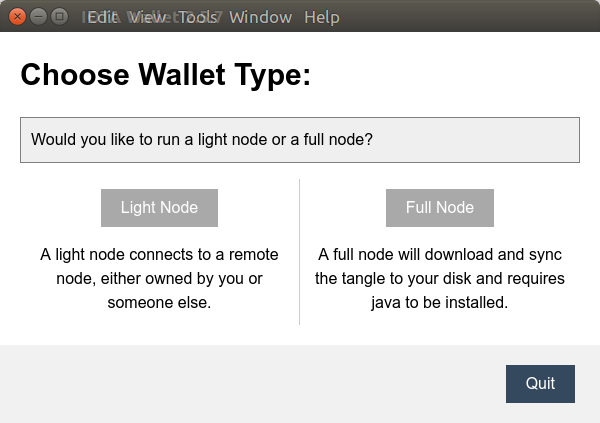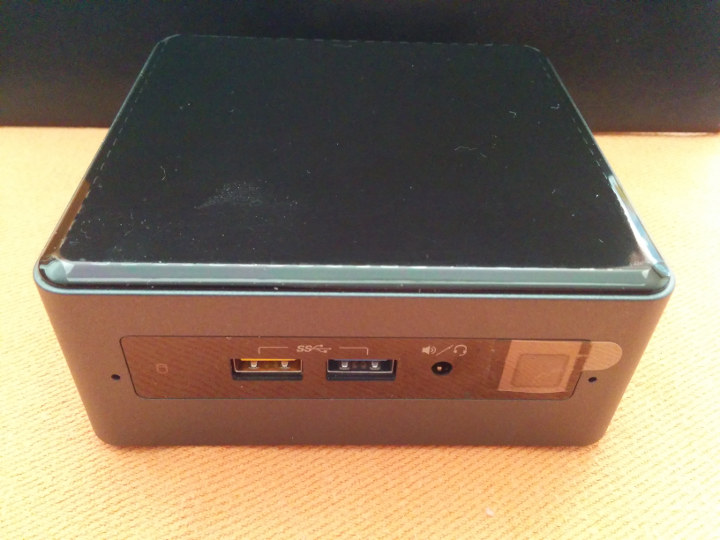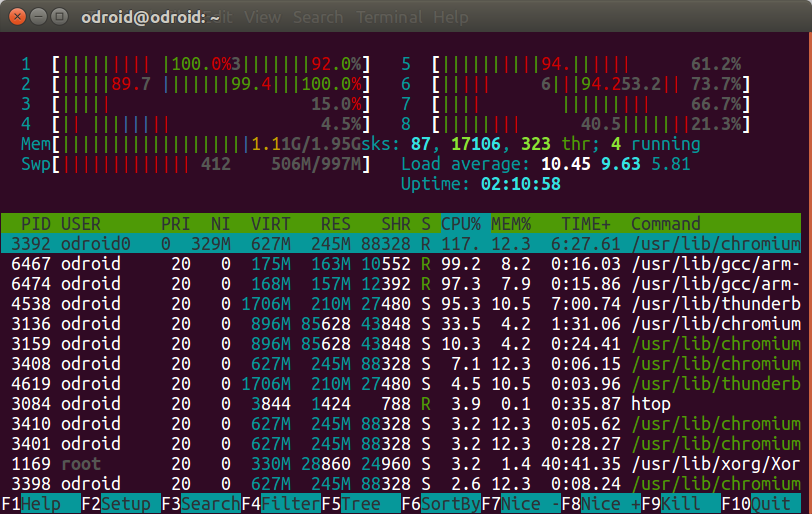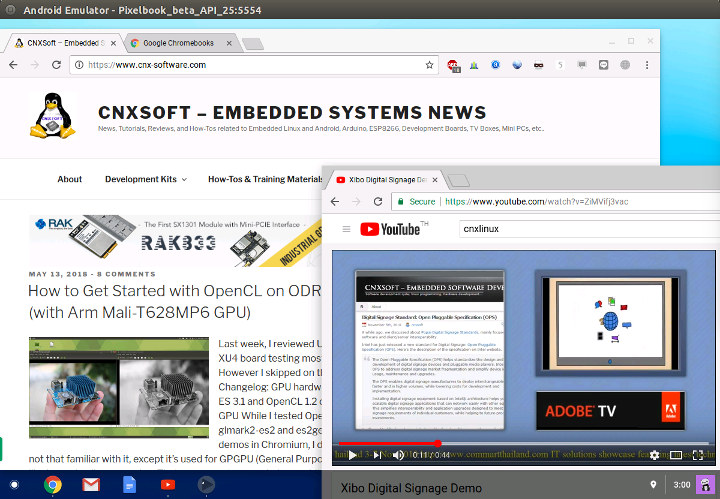Hikey 970 board has impressive specifications with Huawei Kirin 970 SoC featuring an octa-core Arm Cortex A73/A53 processor and an Arm Mali-G72-MP12 GPU, coupled with 6GB LPDDR4x and 64GB UFS storage. It’s also one of the first broadly available developer platforms equipped with a Neural Processing Unit for artificial intelligence applications. However when it launched in April, Hikey 970 documentation was lacking, and despite the board is supposed to run both Android (AOSP) and Linux distributions such as Ubuntu or Debian, so far only AOSP is shown in the download section, with Linux distributions “coming soon”. But if you want to start as soon as possible there are still some good news. First, some documentation for the board has been released on Github, including getting started guides, hardware documentation (schematics, user manual, etc..), and some instructions to build AOSP from source code, and flash it to the UFS storage. If […]
IC Nexus SBC3100 Rockchip RK3399 SBC Supports Variable DC Input (9 to 36V)
Earlier this year, we got flooded with announcements for new Rockchip RK3399 SBC’s or development boards with products like RockPro64 or Orange Pi RK3399. Here’s another one launched last year by Taiwan based IC Nexus, which showcased their SBC3100 board at Computex 2018 this past week. IC Nexus SBC3100 SBC specifications: SoC – Rockchip RK3399 hexa core big.LITTLE processor with two Arm Cortex-A72 cores up to 2.0GHz, four Cortex-A53 cores up to 1.5GHz, and a Mali-T864 GPU with OpenGL ES1.1/2.0/3.0/3.1, OpenVG1.1, OpenCL, DX11, and AFBC System Memory – 1 GB, 2GB or 4GB RAM Storage – 8 or 16GB eMMC flash, 1x microSD slot Display Interfaces / Video Output HDMI 2.0 up to 4K @ 60Hz DisplayPort 1.2 up to 4K @ 60 Hz via USB Type-C connector 1x eDP 1.3 up to 2560 x 1600 @ 60 Hz MIPI-DSI up to 2560 x 1600 @ 60 Hz I2C capacitive […]
FriendlyElec Launches Smart6818 Samsung S5P6818 CPU Module
Yesterday, we covered Core4418 low profile board based on Samsung S5P4418 quad core Cortex A9 processor, but that’s not the only product launched by FriendlyElec this week, as the company also introduced Smart6818, a Samsung S5P6818 CPU module following Smart4418 module design, and equipped with 1GB DDR3, and 8 to 32 GB eMMC flash. Smart6818 specifications: SoC – Samsung S5P6818 octa core Cortex A53 processor @ up to 1.4GHz, Arm Mali-400MP GPU System Memory – 1GB DDR3 up to 800 MHz Storage – 8GB eMMC flash (16GB and 32GB optional) Connectivity – Realtek RTL8211E Gigabit Ethernet transceiver Audio – ES8316 Audio codec Board to Board Headers 2x 70-pin 2.0mm pitch headers with RGB LCD, LVDS, HDMI Tx, I2C, PWM, USB host, UART, SPI, GPIOs, SDIO, Gigabit Ethernet, Audio input/output, Camera I/F 1x 34-pin 2.0mm pitch unpopulated header with GPIOs, MIPI CSI, ADC, PWM Power Supply – 5V Power Management – […]
FriendlyELEC Core4418 is a Low Profile Samsung S5P4418 Board
Samsung (Nexell) S5P4418 & S5P6818 quad/octa core Cortex A9 processors used to have dismal Linux support with a very old & unsecure Linux 3.4 kernel, but in the last year or so software support has greatly improved, likely because those processors are used in some Samsung Artik IoT modules. FriendlyELEC has been manufacturing several S5P boards starting from their NanoPi2 board launched in 2015, and more recently they introduced NanoPi Fire2A & Fire3 boards based on S5P4418 & S5P6818 processor respectively. But this month, they’ve launched two more S5P platforms, and today I’ll look at Core4418 board, which has a lower profile than any of their previous board since the RJ45 Ethernet jack and USB type A ports are not included. FriendlyELEC Core4418 specifications: SoC – Samsung S5P4418 quad core Cortex A9 processor @ up to 1.4GHz, Arm Mali-400MP GPU System Memory – 1GB DDR3 Storage – 8GB eMMC flash, […]
IOTA Tangle is a Blockless Distributed Ledger for the Internet of Things – Running a IOTA Full Node on Rock64 Board
A lot of efforts is going into distributed ledger technologies like the blockchain, and while I keep hearing blockchain is the future, there’s a lot of hype, and so far I have not seen that many practical use cases. But recently I saw Open Source Foundries – a new company announced at Linaro Connect US 2017 – participated in the IOTA blockchain BoF at the OpenIoT Summit 2018 showing a demo publishing sensor data to the IOTA Tangle. So maybe we have a practical application here… Sadly, there’s no video recording of the IOTA blockchain BoF, so instead let’s go to the IOTA website to find out more. What is IOTA? That’s the short description of the solution: An Open-Source Distributed Ledger The first open-source distributed ledger that is being built to power the future of the Internet of Things with feeless microtransactions and data integrity for machines. The key technology […]
Intel NUC Kit NUC7PJYH Review – An Intel Gemini Lake Pentium Silver J5005 Barebone Mini PC
When Intel released their latest NUC Gemini Lake mini PCs they prioritized cost over performance. As a result the processor they chose for the ‘Intel NUC 7 Essential’ mini PC is somewhat underwhelming. Fortunately they released another model in the series, the rather misleadingly named ‘Intel NUC Kit NUC7PJYH’ which is is actually a ‘barebones’ mini PC just needing a stick or two of RAM and an SSD for storage. It contains an Intel Pentium Silver Processor J5005 SOC which is a quad core processor bursting up to 2.80 GHz together with a slightly more powerful Intel UHD Graphics 605 processor that is capable of 4K support at 60Hz. Visually it is no different to the Celeron NUC reviewed earlier in that it is physically small consisting of an approximately 4.5″ square case about 2″ tall with a distinctive front panel that includes the power button and a couple of […]
Running out of RAM in Ubuntu? Enable ZRAM
Whenever I ran out of RAM on a Linux system, I used to enable swap memory using the storage device to provide an extra bit of memory. The main advantage is that it’s does not require extra hardware, but come at the cost of much slower access, and potential issues or wear and tear, unless you only use it temporary. This week-end, I compiled Arm Compute Library on ODROID-XU4Q board, and the first time it crashed because the system ran out of memory, so I enable swap on the eMMC flash module to restart and complete the build successfully. However, I was told it would have been better to enable ZRAM instead. So what is ZRAM? Wikipedia explains: zram, formerly called compcache, is a Linux kernel module for creating a compressed block device in RAM, i.e. a RAM disk, but with on-the-fly “disk” compression. So it’s similar to swap, expect […]
How to Run Chrome OS in Android Emulator
While it’s possible to run the open source Chromium OS in your computer or a virtual machine, AFAIK there was only was way to test Chrome OS: purchasing an actual Chromebook, or other device running the operating system. But this week-end, I read the news that Chrome OS was now available in Android Studio, and you can run in Android Emulator while emulating a Pixelbook, so I gave it a try by following the instructions on Android Developer website. If you haven’t done so already, we first need to install Android Studio. I’m running Ubuntu 16.04 in my computer, but this will also work in Windows and Mac OS X. After download the IDE zip file, we can extract it… and then open a console, go into “{installation home}/bin” and run the program:
|
1 |
./studio.sh |
After a few seconds, we got into Android Studio 3.1.2 welcome screen. We can now click […]


